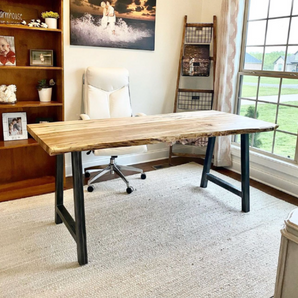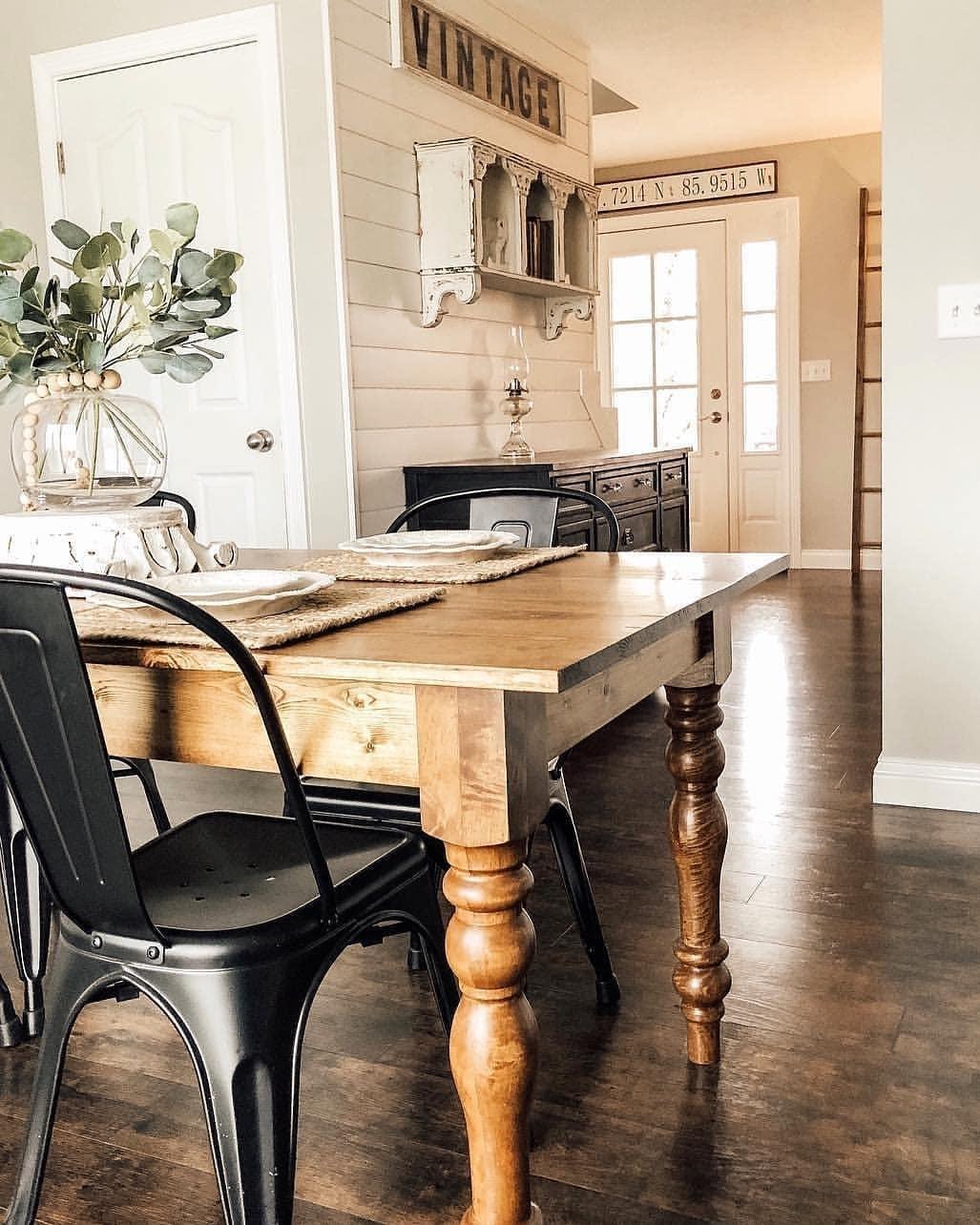Dining Room Table Legs: What to Take into consideration Prior To You Acquire
Dining Room Table Legs: What to Take into consideration Prior To You Acquire
Blog Article
A Detailed Look at Eating Table Leg Styles: Discovering the Suitable Match
Selecting the ideal dining table leg style is important for both visual charm and sensible functionality. For those with bigger tables, trestle legs ensure tough support, whereas barrette legs present a mid-century modern ambiance with their minimal layout. The x-shaped legs mix modern style with improved stability.
Traditional Four Legs
Among the different kinds of eating table leg designs, the traditional four-leg style stays an ageless choice for lots of houses. This classic configuration uses an unified mix of capability and aesthetic appeals, making it a seasonal fave. Four legs offer balanced support, making sure the table stays steady and with the ability of bearing substantial weight. This is especially beneficial for homes that often host large celebrations or use their eating table for several objectives, such as job or crafting.
From an aesthetic viewpoint, the standard four-leg layout can be quickly adapted to numerous indoor styles. Whether crafted from timber, metal, or a combination of products, these legs can be elaborately carved, streamlined and minimalistic, or anything in between. Their convenience enables them to match both rustic and modern settings seamlessly.
In addition, the simple structure of the four-leg layout promotes convenience of activity and placement within an area. Unlike even more facility bases, this style minimizes blockages, offering enough legroom for restaurants. In summary, the traditional four-leg table leg style weds withstanding elegance with functional capability, making it an astute option for those looking for both form and feature in their dining furnishings.
Pedestal Base
Commonly celebrated for its classy and space-efficient design, the pedestal base is a prominent option to the typical four-leg configuration in eating table leg designs. Without edge legs, diners are afforded higher flexibility of motion, making it an ideal option for round and oblong tables that advertise even more intimate and comprehensive celebrations.
The central column itself supplies a canvas for elaborate styles and artistic expressions, including an aspect of aesthetic rate of interest below the table. In summary, the stand base combines capability with style, making it a refined and sensible choice for diverse eating atmospheres.
Trestle Legs
Trestle legs offer a durable and timeless structure for dining tables, identified by their horizontal cross-bracing and tough support beams. Originating from middle ages times, this design has actually developed yet preserved its necessary structure, making it a seasonal favorite in both typical and contemporary setups. The main trestle beam of light, often sustained by two or even more vertical articles, offers outstanding stability, enabling bigger table lengths without the demand for additional legs.
A considerable benefit of trestle leg tables is the sufficient legroom they use. Unlike tables with 4 corner legs, the lack of blockages at the table's edges offers unblocked space for chairs and diners, boosting convenience and availability. This makes trestle tables optimal for fitting larger gatherings, whether in a dining room or a reception hall.
The visual convenience of trestle legs is notable. Offered in a variety of materials such as wood, steel, and composite, they can be completed to enhance a large range of interior designs. From rustic farmhouse to smooth contemporary designs, trestle legs can be personalized to suit private tastes. Their enduring allure and useful benefits make trestle legs a compelling selection for those looking for both design and practicality in their dining table.
Barrette Legs

The allure of hairpin legs depends on their simpleness and flexibility - dining room table legs. Readily available in a series of materials, consisting of steel and brass, they can be completed in various shades to enhance different interior designs. Whether coupled with a rustic wooden tabletop or a contemporary glass surface area, barrette legs easily blend performance with a touch of classic charm
Toughness is another web noteworthy function of barrette legs. Regardless of their fragile look, these legs are crafted to birth significant weight, ensuring the table stays steady and safe and secure. Furthermore, they are relatively easy to install, making them a prominent option for DIY lovers and expert furnishings manufacturers alike.
X-Shaped Legs

Built from products such as steel, wood, or a combination of both, X-shaped legs can be customized to match various style choices. Steel legs frequently offer a sleek and industrial feeling, ideal for loft-style houses and modern-day eating areas. On the various other hand, wooden X-shaped legs use a warmer, extra rustic appeal, appropriate for farmhouse or diverse insides. The versatility in materials permits homeowners to personalize their table to much better fit their total design scheme.
Moreover, the design behind X-shaped legs guarantees even weight distribution, lessening the danger of tottering and improving longevity. This makes them specifically well-suited for larger dining tables that require additional assistance. Essentially, useful reference X-shaped legs mix sensible design with modern-day visual appeals, making them a timeless option for varied eating settings.
Final Thought
An extensive understanding of eating table leg styles discloses the distinctive features and advantages of each design. Typical 4 legs supply stability and timeless allure, while stand bases give legroom and a structured appearance. Trestle legs guarantee robust assistance for bigger tables, and hairpin legs introduce a mid-century modern visual. X-shaped legs integrate contemporary design with boosted security. Selecting the appropriate leg design makes sure both practical and aesthetic satisfaction in any kind of dining space.
Report this page